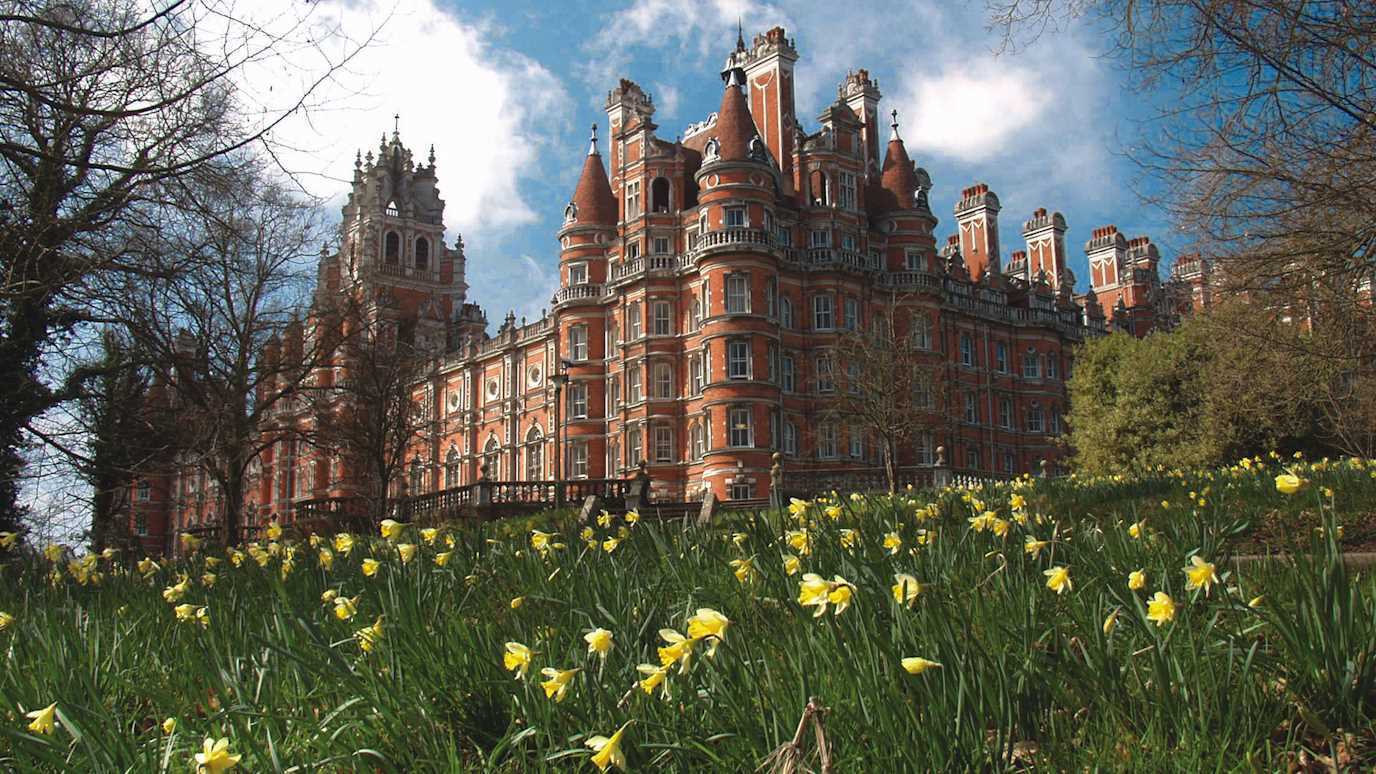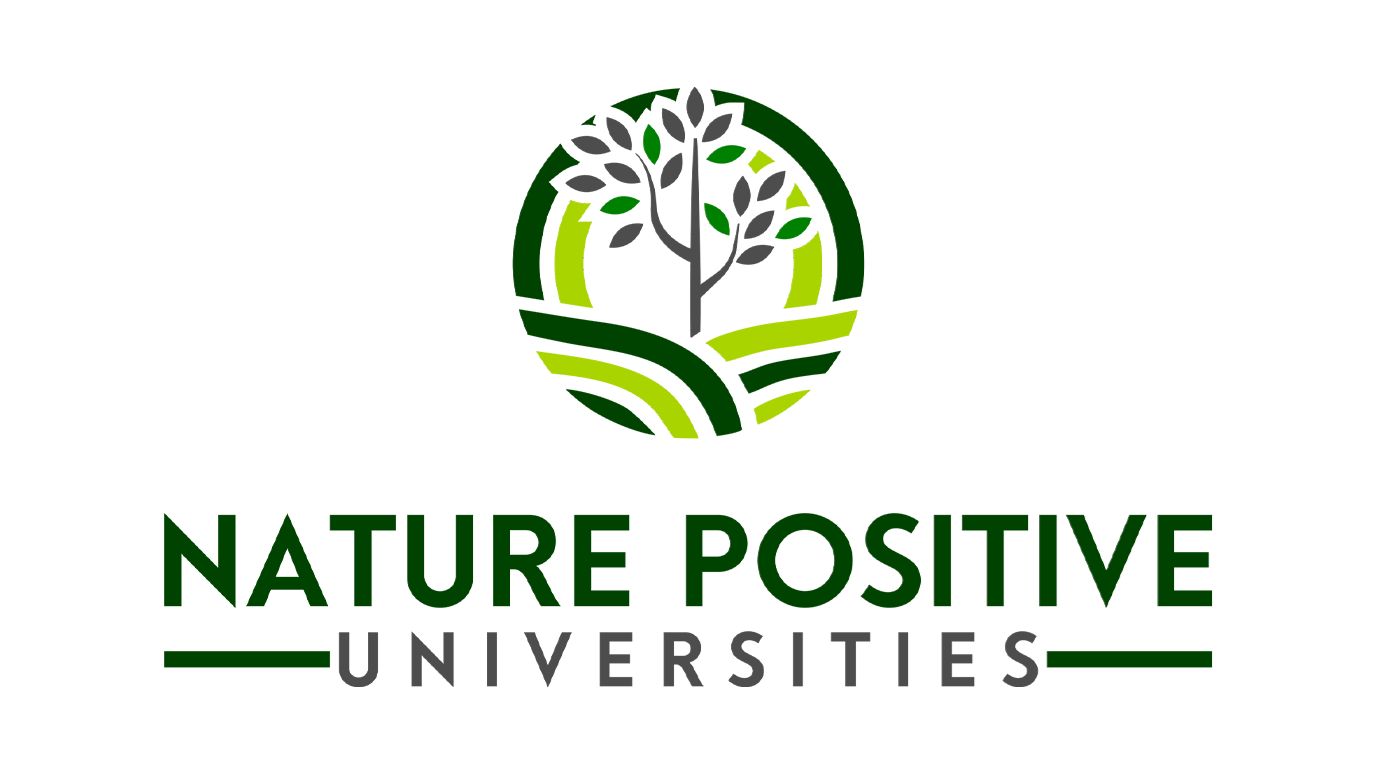Royal Holloway has joined the Nature Positive Universities network, demonstrating the University’s ongoing commitment to enhancing its positive impact on the planet.
Professor Julie Sanders, Vice-Chancellor and Principal of Royal Holloway, signed the pledge in July 2024, which requires the University to submit annual reports on its progress.
Nature Positive Universities is a growing network, which includes members from over 500 higher education institutions across the world, working together to promote natural habitats on University campuses.
The network also puts emphasis on promoting nature in university supply chains and within the surrounding local communities. Nature Positive Universities was founded by UNEP and the University of Oxford in partnership with the UN Decade on Ecosystem Restoration.
The Nature Positive pledge which Royal Holloway has signed requires universities to declare any biodiversity studies carried out on campus, as well as setting targets for nature across the institution.
As well as making the pledge, Royal Holloway’s new University Strategy - RH2030s – which will be launched in October, includes objectives relating to increasing biodiversity across the University’s Living Campus and promoting academic engagement alongside this effort.
Professor Julie Sanders said: “I am proud that we have made this pledge as it signals our intention to continue to have a positive impact on our natural environment and our local community.
“As a University of Social Purpose, and one with an identified interdisciplinary strength in Climate and Biodiversity research and education, we want to actively promote understanding that biodiversity is essential to ensuring we can make the world a better place for generations to come.”
Mark Berry, Head of Sustainability at Royal Holloway, added: “We’re facing a biodiversity crisis and find ourselves at an important crossroads. Initiatives like the Nature Positive pledge help to demonstrate the importance of increasing biodiversity, inform important decisions on land use, and showcase good examples of habitat management to students, colleagues and partners across the sector.”


























